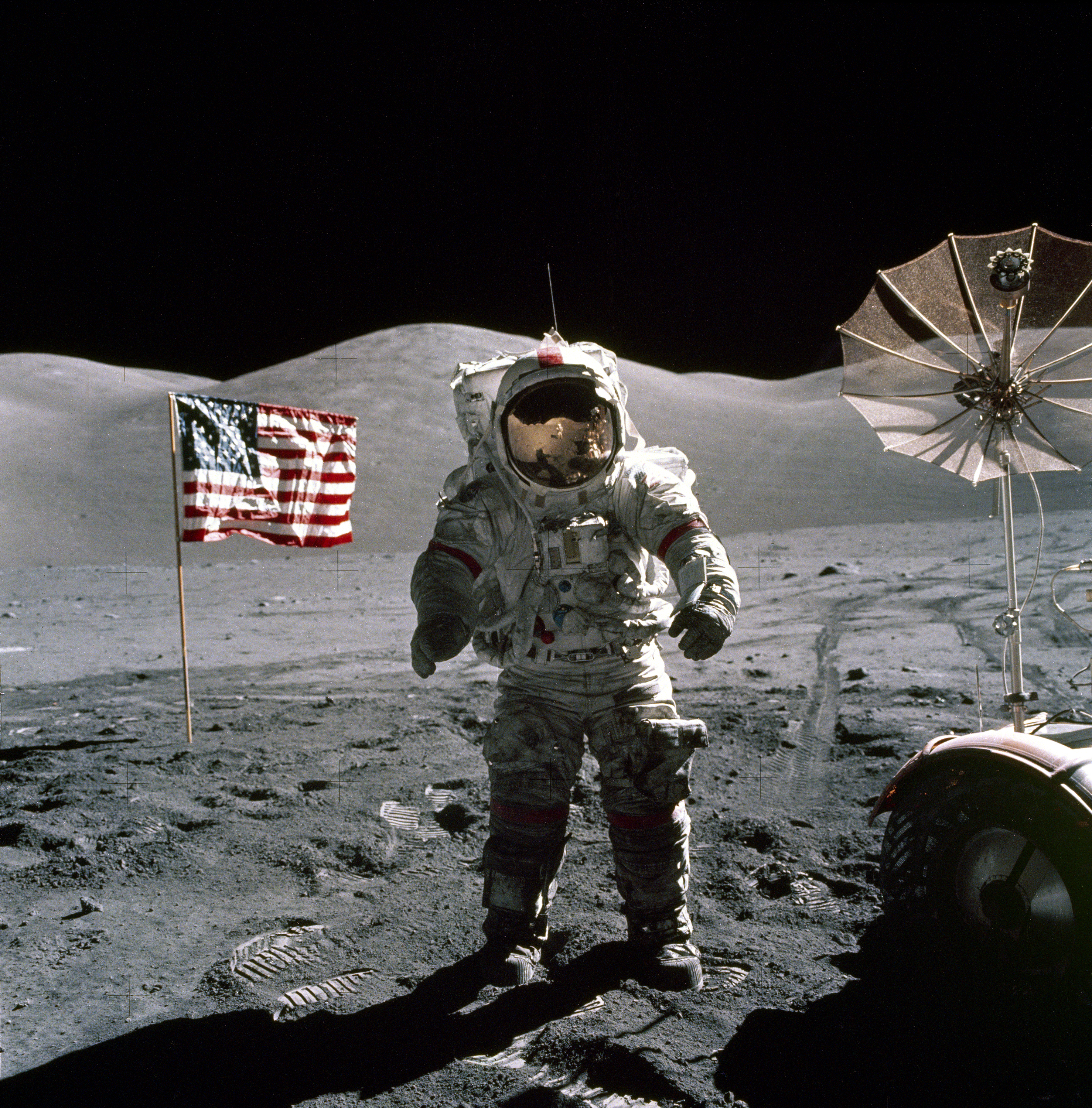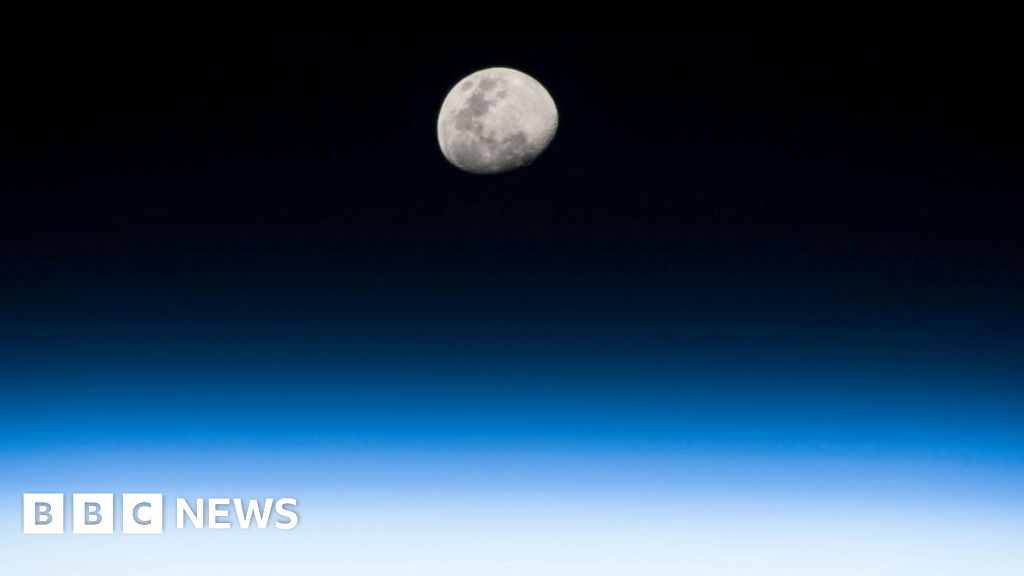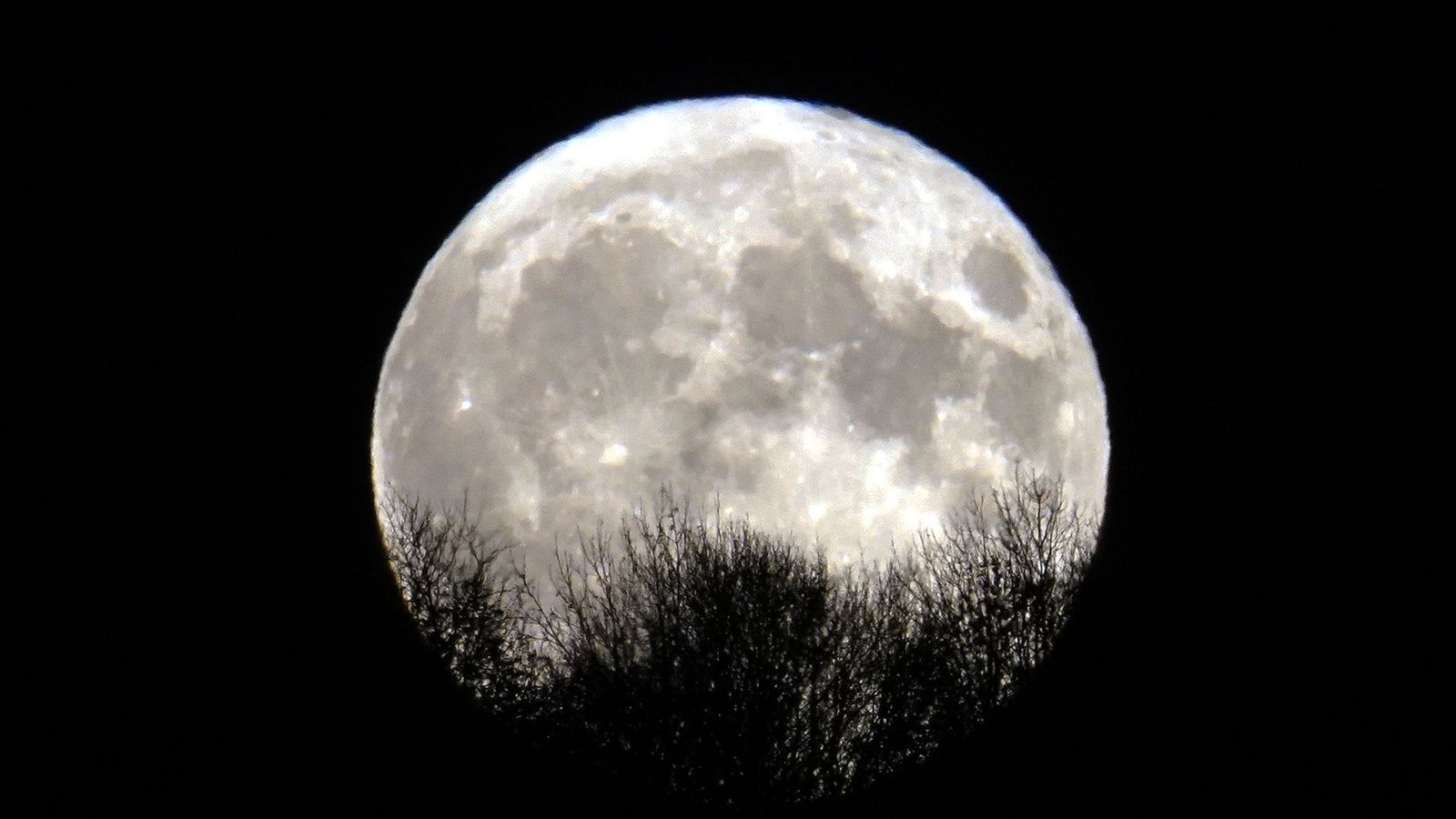The White House has directed NASA to start the development of a standardized time zone for the moon, known as Coordinated Lunar Time (LTC), by the end of 2026. This initiative dubbed Coordinated Lunar Time (LTC), is to synchronize timekeeping for lunar missions.

Also Read: KSTAR: Korean Fusion Reactor Sustains Plasma at 100 Million Degrees Celsius for 48 Seconds
The impetus for LTC arises from the fundamental difference in gravitational fields between Earth and the Moon.
With time moving faster on the lunar surface by approximately 58.7 microseconds per day, the need for a distinct timekeeping system becomes imperative.
This discrepancy, though minute, poses challenges in synchronizing spacecraft and facilitating communication between lunar missions and Earth-based operations.
As the United States, alongside private entities, endeavors to embark on lunar missions, including the upcoming Artemis-3 slated for 2026, the establishment of LTC assumes paramount importance.
Artemis-3 marks a return to the lunar surface, planning to explore the uncharted territories of the Moon’s south pole and unlock its reservoirs of water-ice.
Precision is non-negotiable in the world of space exploration, especially concerning navigation and data transmission.
LTC will serve as a benchmark for ensuring the accuracy and reliability of lunar spacecraft and satellites. The deployment of atomic clocks on the Moon emerges as a step towards achieving this precision, enabling synchronization with Earth-based timekeeping systems.
The establishment of LTC necessitates international cooperation and consensus-building. While NASA spearheads the initiative, collaboration with other space agencies such as the European Space Agency (ESA) is underway.
The engagement of existing standards bodies and adherence to international agreements, including the Artemis Accords, are imperative for the successful implementation of LTC.
The absence of a unified lunar time standard could lead to communication discrepancies, jeopardizing mission success and impeding scientific endeavors.
Also Read: Devil Comet to be Visible During Total Solar Eclipse
Addressing these challenges requires a concerted effort to harmonize temporal frameworks and ensure interoperability across stakeholders.
NASA, in coordination with government agencies is tasked with devising a plan for implementing LTC by the stipulated deadline.
This roadmap encompasses the deployment of atomic clocks on the Moon, delineation of temporal boundaries, and alignment with international standards such as Coordinated Universal Time (UTC).
The fundamental differences in gravitational forces between Earth and the moon result in a daily time discrepancy of 58.7 microseconds on the lunar surface.
With a range of national and private missions slated for lunar exploration, maintaining synchronized time standards becomes paramount. The White House addresses that LTC will serve as a benchmark for precision timing.
According to Prof Catherine Heymans, the Astronomer Royal of Scotland, the gravitational variance between celestial bodies underlines a fundamental aspect of our universe, time runs differently in different spatial contexts.
LTC acknowledges this reality and seeks to adapt timekeeping mechanisms accordingly. Kevin Coggins, Nasa’s space communications and navigation chief, highlights the necessity for individual time standards on celestial bodies like the moon and Mars.
Also Read: SpaceVIP Unveils the World’s First Michelin-Starred Meal in Space
This deploying atomic clocks calibrated to the unique gravitational environments, ensuring accurate timekeeping beyond Earth’s confines.
Establishing LTC requires international cooperation and consensus. The European Space Agency is concurrently developing a lunar time system, addressing the need for cohesive standards among spacefaring nations. The Artemis Accords serve as a framework for negotiating such agreements.
NASA’s Artemis program, slated for a manned mission to the moon in September 2026, underlines the urgency of implementing LTC.
Without a unified lunar time standard, discrepancies in data transfer and communication pose operational challenges.
Ensuring secure and synchronized communication channels between Earth, lunar satellites, and astronauts is imperative for mission success and astronaut safety.
Implementing LTC may require the deployment of atomic clocks on the moon’s surface, mirroring the precision timekeeping infrastructure on Earth.
Such infrastructure enhances the reliability and accuracy of spacecraft navigation and communication protocols.
Analogous to Universal Coordinated Time (UTC) on Earth, LTC plans to provide a globally recognized standard for lunar operations. By synchronizing clocks across international missions.
Also Read: Scientists have Discovered a Giant Volcano on Mars





















